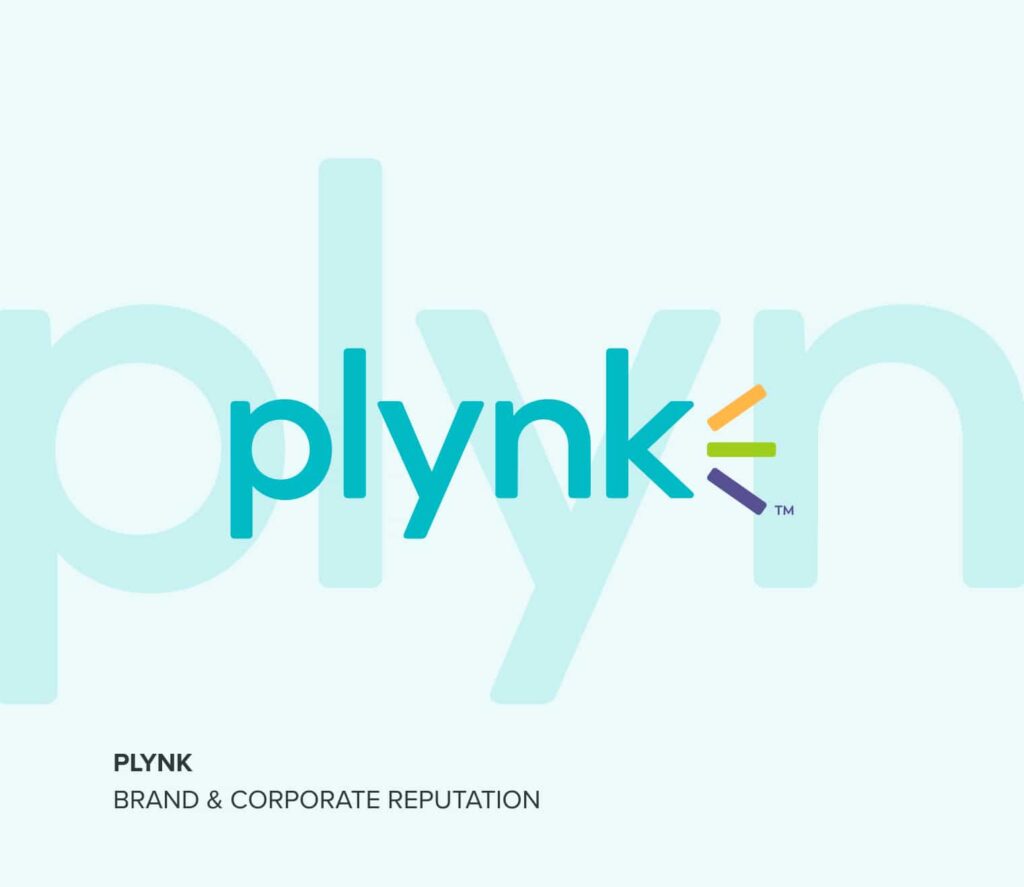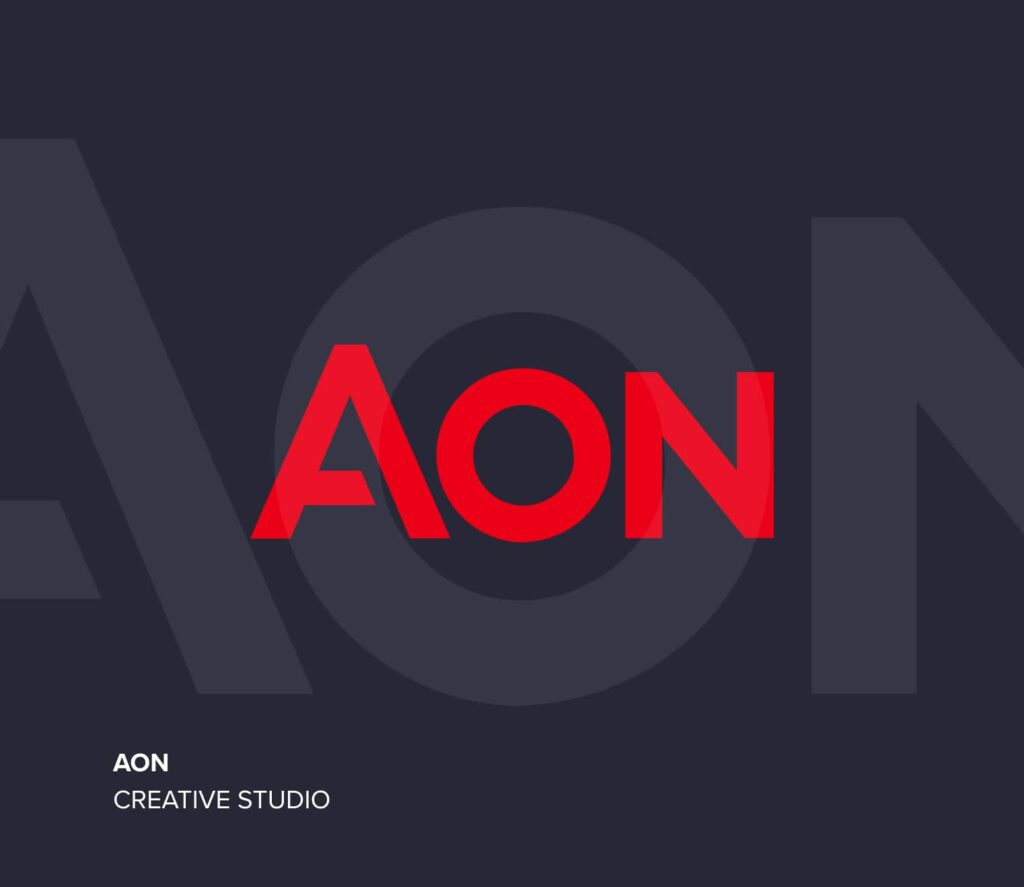It is just over a week since the collapse of SVB sent shock waves across the banking world, with many, notably Larry Fink of BlackRock, anticipating more banks to follow. This draws obvious parallels to the 2008 crash, in particular the outlook for challenger banks.
Immediately after the collapse of the financial system that year, trust in big banks fell drastically, conceiving an era in which smaller, more agile and alternative banking solutions grew in prominence. Brands such as Virgin Money, which bought out Northern Rock in 2011, Revolut and Monzo pounced on the opportunity to pick up customers who had lost their faith in traditional banking brands. So the question now is, are we going to see a similar trend in the wake of SVB?
When trust in the big banks is brought into question, there is an opportunity for challengers to position themselves as an alternative. However, this presupposes that their own liquidity position is solid. Many alternative ventures rely on the bigger players for financial backing. Therein lies a dichotomy for challenger banks: to capitalise on the current distrust of traditional banks by snapping up customers and bridging the gap, while simultaneously being wrapped-up in the hardships themselves. In other words, how can challengers be expected to fill this void if their cash is ultimately tied up in the event of their banking partner going under? A recent example is Chrysalis Investments, which counts challenger bank Starling as one of its projects, seeing its shares drop 2.5 percent due to the collapse of SVB.
The outlook for challenger banks remains tied-up in complexity; they are not immune from bigger market shifts. But for those who have partnered with banks or investors unaffiliated with SVB or Credit Suisse, the future could be bright. Is there a greater need for fintechs and challengers to vet banking partners before committing to them as well as diversifying their operations? We’ll be keeping an eye out.


